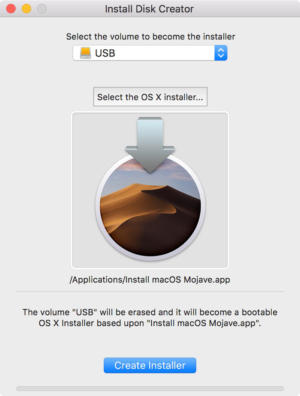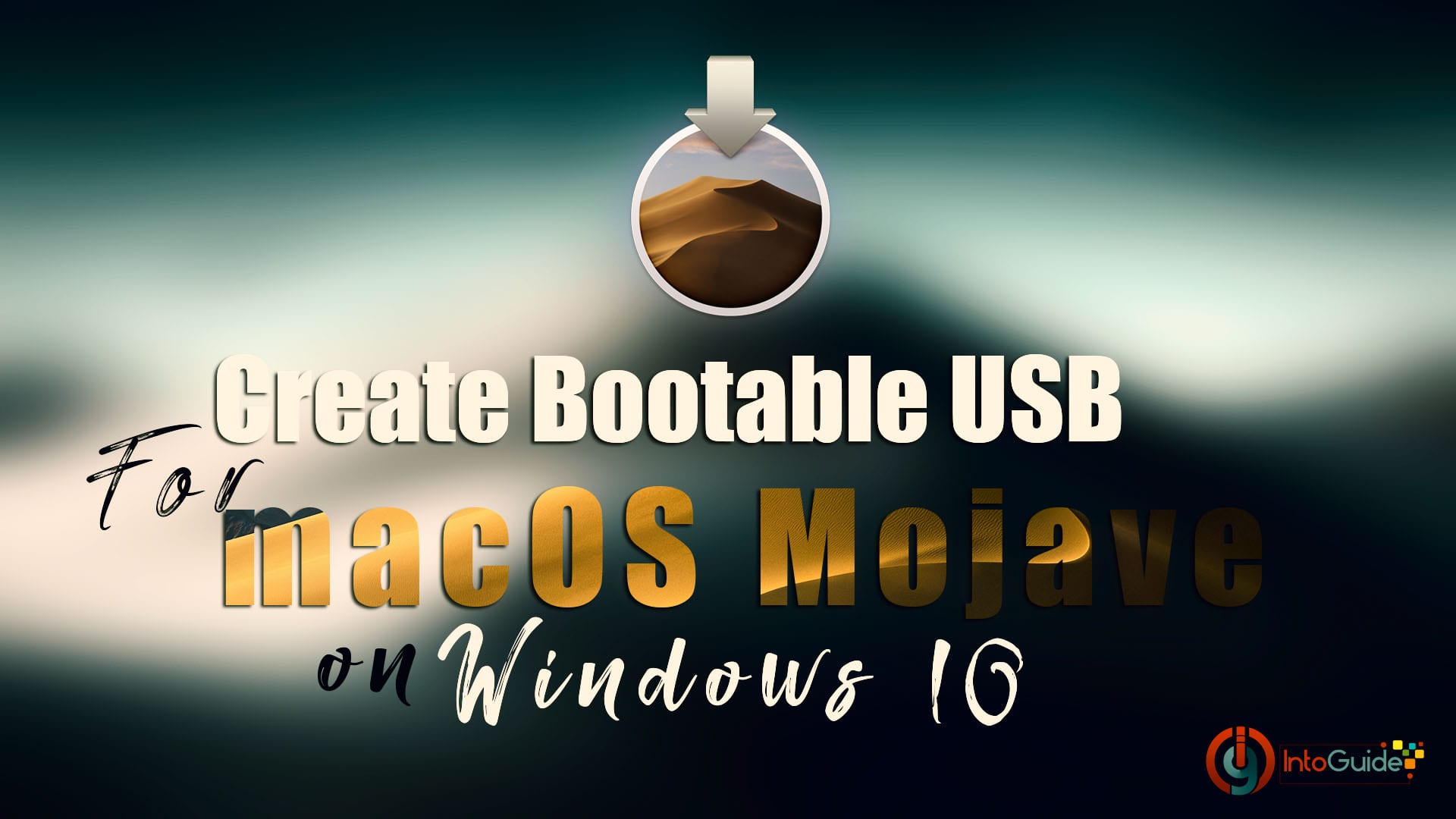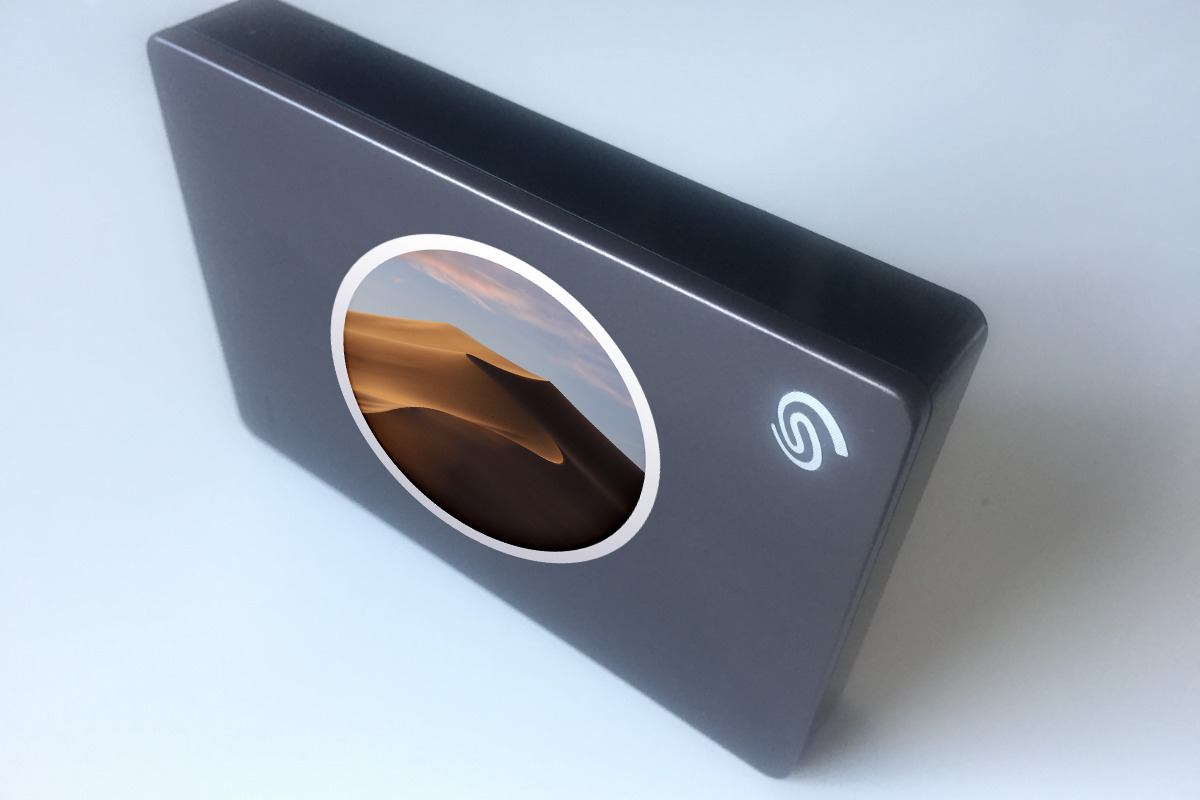

- DOWNLOAD MAC OS MOJAVE FROM BOOTABLE USB INSTALL
- DOWNLOAD MAC OS MOJAVE FROM BOOTABLE USB UPDATE
- DOWNLOAD MAC OS MOJAVE FROM BOOTABLE USB PASSWORD
DOWNLOAD MAC OS MOJAVE FROM BOOTABLE USB INSTALL
When Terminal says that it's finished, the volume will have the same name as the installer you've downloaded, such as Install macOS Monterey.After the volume has been erased, you may see an alert stating that Terminal would like to access files on a removable volume.Terminal displays the progress as the volume is being erased. When prompted, type Y to confirm that you want to erase the volume, then press Return.Terminal doesn't show any characters as you type your password. Nonetheless, were trying to make the entire procedure simple to follow, and ensuring you not make mistakes. Installing a Mac operating system in this way can be challenging, as the whole process is involved with the application of Terminal command lines and creating a bootable installer.

DOWNLOAD MAC OS MOJAVE FROM BOOTABLE USB PASSWORD
When prompted, type your administrator password and press Return again. Some Basics of macOS install from a bootable USB Drive.
DOWNLOAD MAC OS MOJAVE FROM BOOTABLE USB UPDATE
* If your Mac is using macOS Sierra or earlier, include the -applicationpath argument and installer path, similar to the way this was done in the command for El Capitan. Important thing to not: I couldnt download Mojave from the App Store on my new computer, as a warning would stop me saying: Update not found The requested version of macOS is not available So I had to download Mojave on my older computer to create the bootable install. Sudo /Applications/Install\ OS\ X\ El\ Capitan.app/Contents/Resources/createinstallmedia -volume /Volumes/ MyVolume -applicationpath /Applications/Install\ OS\ X\ El\ Capitan.app Sudo /Applications/Install\ macOS\ High\ Sierra.app/Contents/Resources/createinstallmedia -volume /Volumes/ MyVolume Connect a USB flash drive or an external drive with at least 16GB of storage 3. To revert to Mojave from Catalina, you need to have a bootable installer. Create a macOS Mojave bootable installer. Sudo /Applications/Install\ macOS\ Mojave.app/Contents/Resources/createinstallmedia -volume /Volumes/ MyVolume Select Allow booting from external media Restart your Mac 2. Sudo /Applications/Install\ macOS\ Catalina.app/Contents/Resources/createinstallmedia -volume /Volumes/ MyVolume Sudo /Applications/Install\ macOS\ Big\ Sur.app/Contents/Resources/createinstallmedia -volume /Volumes/ MyVolume

Sudo /Applications/Install\ macOS\ Monterey.app/Contents/Resources/createinstallmedia -volume /Volumes/ MyVolume If it has a different name, replace MyVolume in these commands with the name of your volume. These assume that the installer is in your Applications folder and MyVolume is the name of the USB flash drive or other volume you're using.


 0 kommentar(er)
0 kommentar(er)
